Act Now - Limited Time Offer
$67 Pest Control

Chris Barber
Pest Control Technician
Chris Mosby
Pest Control Technician
Mackenzie Keene
Sales Representative
Blow flies, larger than regular house flies, have a metallic sheen in colors such as black, green, or copper. They produce a loud buzzing noise and are drawn to decaying meat for egg-laying. Depending on the species, the larvae develop into adult flies in 7 to 15 days. These pests are often found near garbage, pet waste, and spoiled food, making them an issue for homes and businesses alike.
Since 1989, the Oriental latrine fly, a specific blow fly, has been problematic in Southern California. These flies are commonly found near dumpsters and shaded areas during the summer. If larvae are present near homes, they may enter to pupate, leading to adult flies indoors. Effective waste management and regular cleaning are crucial in preventing blow fly infestations.
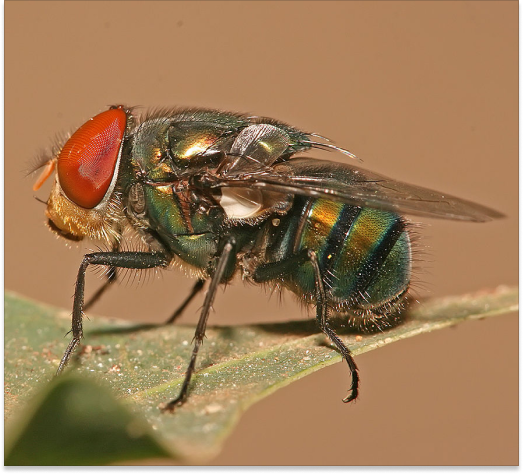
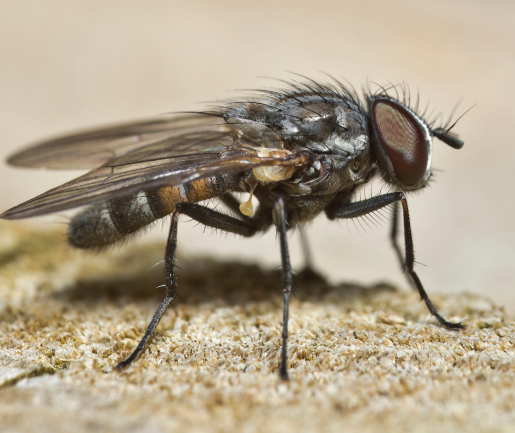
The little house fly (Fannia canicularis) has a recognizable flight pattern, usually darting through rooms without landing on food. This makes it less likely to contaminate food compared to other house flies.
These flies lay eggs in decayed plant material, compost, or animal waste, especially from pets like rabbits and poultry. Their full life cycle, from egg to adult, lasts about 24 days. Although bothersome, they primarily inhabit areas with decaying organic material, reducing their indoor presence.
Muscina stabulans, or the false stable fly, is slightly larger and more robust than the house fly, with a distinct dark gray body. Though it doesn’t bite like the true stable fly, it may invade homes to lay eggs on mildly spoiled food.
The larvae are commonly found in decaying plant material and animal waste. The fly’s life cycle lasts around 14 days. While it isn’t dangerous due to bites, its presence indoors can be frustrating, particularly when eggs are laid. Recognizing its habits helps manage the issue effectively.


Black garbage flies are small, shiny black insects about 1/5″ long. They thrive in garbage, especially in rural areas with irregular waste collection. These flies are not usually a big concern in urban areas, but poor waste management can lead to their presence.
They have a short life cycle, about ten days, allowing them to develop rapidly. Proper garbage disposal is crucial in reducing their numbers.
Stable flies might resemble house flies, but their pointed, slender beak is used for biting. These pests feed on livestock such as horses and cattle, but they will bite humans, especially during rainy weather when they seek shelter indoors.
Stable flies pose more than a mere annoyance—they are a common problem for livestock and pets. They thrive in areas with moist, decaying organic matter, manure, and urine-soaked straw. Proper waste management can help reduce their presence.
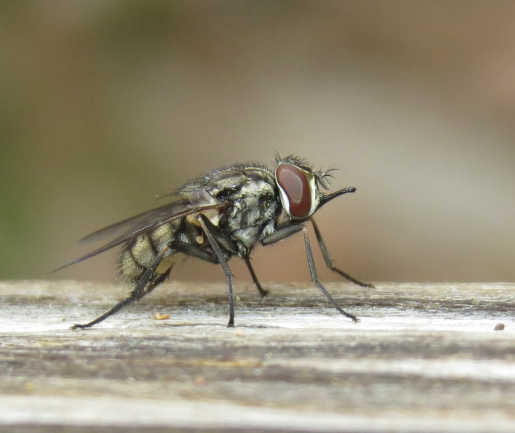
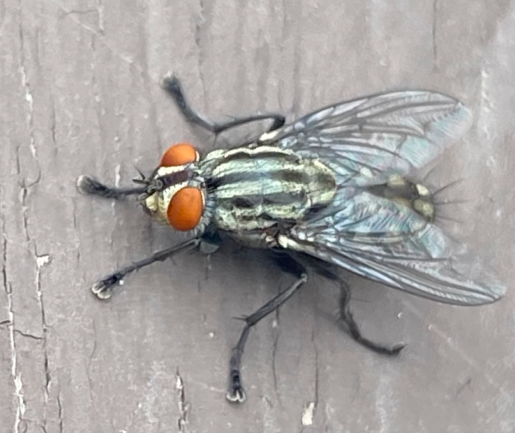
Flesh flies (Sarcophaga species) are bigger than house flies and easily recognized by their checkered abdomens. They are gray with black stripes along their thorax. Unlike most flies, flesh flies give birth to live maggots. These maggots thrive in rotting meat, dead animals, and excrement such as dog waste. Flesh flies are often found near decaying snails or animal carcasses.
Their life cycle can be completed in just eight days. These flies are typically seen near decomposing organic material. If you spot large, slow flies with a checkerboard abdomen, you may have a flesh fly infestation.
At Mission Valley Pest Control, we start with a detailed inspection to identify fly breeding areas. We examine garbage zones, standing water, and decaying organic matter, looking for common species like blow flies and drain flies.
We also assess the plumbing for leaks or blockages that could worsen the fly problem. Using advanced tools, we detect larvae and adult flies even in hard-to-reach areas. This inspection ensures we can recommend the best treatments to suit your particular fly issue.
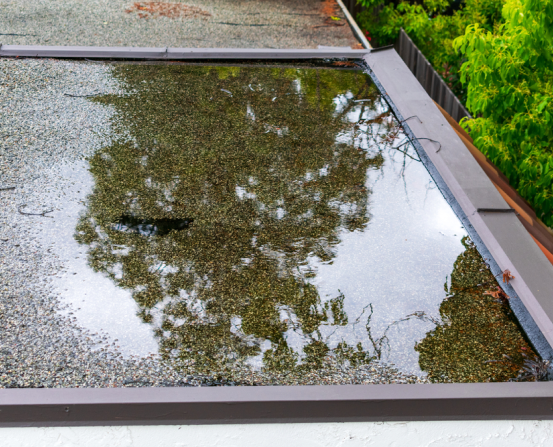
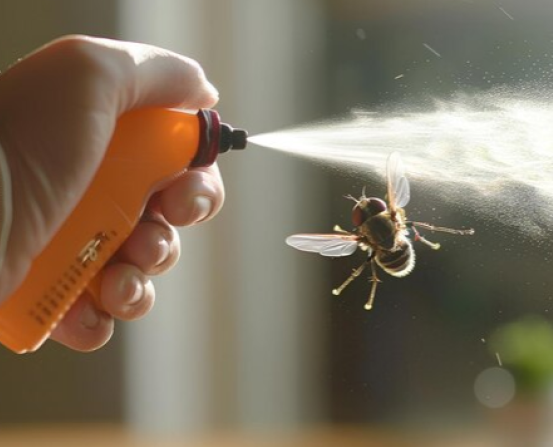
Before our technician arrives, it’s important to clean both the indoor and outdoor spaces to assist in identifying the infestation more easily. Our team will inspect your property to determine the extent of the issue and check for underlying plumbing concerns.
For drain flies, we use specialized products to kill larvae and adult flies within the drains. We spray around food prep areas but avoid direct contact with food surfaces. Fly traps are placed in strategic locations where fly activity is high.
Mission Valley Pest Control’s monthly service focuses on fly prevention by inspecting problem areas like drains and trash zones. We treat these locations to stop flies before they infest your space.
We use safe, eco-conscious treatments effective against flies like drain flies and stable flies. With consistent monthly treatments, your property will stay free of flies throughout the year.
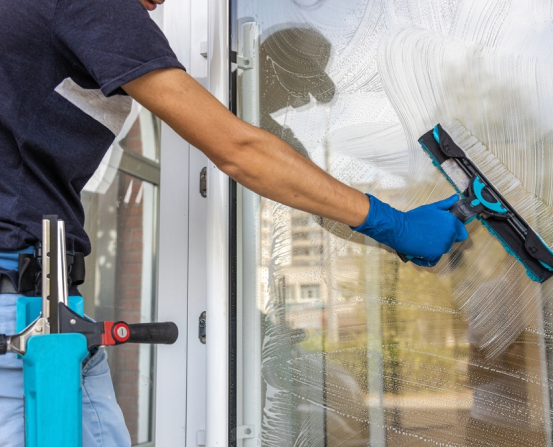

We proudly serve Mission Valley and its surrounding regions, working hard to keep your homes and businesses free from pests. Our team values these communities and is committed to delivering excellent service and lasting results.
Limited time offer! Get $50 off your first pest control service.

Barrier Services
Mission Valley Office
© Mission Valley Pest Control 2024